Symodial flowering habits?
gardenbench
14 years ago
Related Stories

HOMES AROUND THE WORLDHousehold Habits and Customs to Borrow From Other Countries
Discover why salt may be the perfect house-warming gift, how to clean rugs in snow and why you should invest in a pair of ‘toilet slippers’
Full Story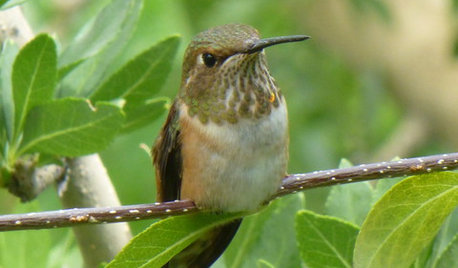
GARDENING GUIDES8 Flowers That Hummingbirds Adore
To draw those mesmerizing little birds to your garden or doorstep, plant these flowers that are attractive in more ways than one
Full Story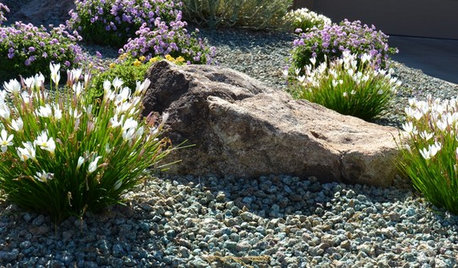
GARDENING GUIDESGreat Design Plant: Showers Bring Zephyranthes Flowers
Plant zephyrlily bulbs now for lovely blooms amid grassy foliage in summer and fall
Full Story
CONTAINER GARDENS7 Deer-Resistant Flowers for Your Summer Containers
Grow these as protection for edibles or just for their colorful beauty — deer might not like them, but everyone else will
Full Story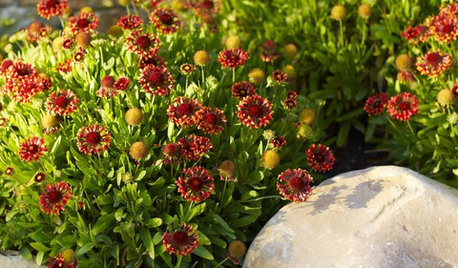
GARDENING FOR BUTTERFLIESGreat Design Plant: Blanket Flower Brings Year-Round Cheer
It's irresistible to wildlife, but this wildflower's drought tolerance, copious blooms and versatility draw human fans too
Full Story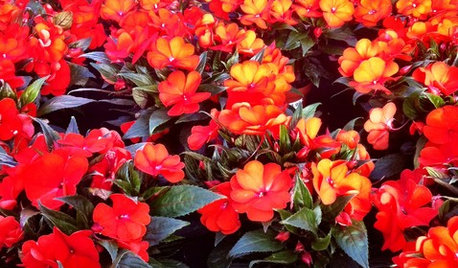
GARDENING GUIDESBright Plants for Flower Beds That Wow
From new annual and perennial varieties to grasses, get dramatic with swaths of color
Full Story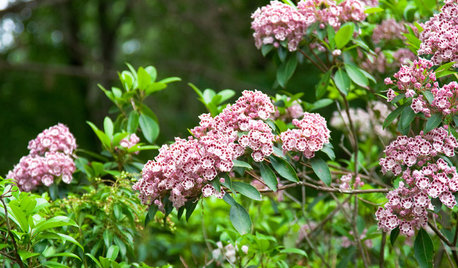
FLOWERS AND PLANTSKalmia Latifolia’s Origami-Like Flowers Shine in the Shade
This shade-tolerant shrub, also known as mountain laurel or calico shrub, thrives in East Coast woodland gardens
Full Story
GARDENING GUIDESHow to Prune Your Flowering Shrubs for the Best Blooms
Less is often more when it comes to properly pruning flowering shrubs. Here’s what to do and why
Full Story
TREES7 Deer-Resistant Flowering Trees to Plant this Fall
If you live in a neighborhood with roaming deer, consider these beautiful trees that won't tempt hungry guests
Full Story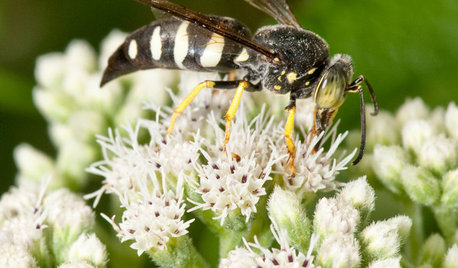
GARDENING GUIDESSand Wasps Keep True Bugs in Check and Help Pollinate Summer Flowers
Look for these solitary wasps nesting in sandy sites and foraging on flowers in July and August
Full StoryMore Discussions







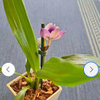


xmpraedicta
gardenbenchOriginal Author
Related Professionals
Lake Oswego Landscape Architects & Landscape Designers · Richmond Heights Landscape Architects & Landscape Designers · Middletown Landscape Contractors · East Haven Landscape Contractors · El Reno Landscape Contractors · Fruit Heights Landscape Contractors · Palatine Landscape Contractors · Southbury Landscape Contractors · Wallingford Landscape Contractors · Waterford Landscape Contractors · Oxon Hill Landscape Contractors · Silver Firs Landscape Contractors · Easley General Contractors · Jacksonville General Contractors · Towson General Contractorsxmpraedicta
orchid126
gardenbenchOriginal Author
xmpraedicta
gardenbenchOriginal Author
stitzelweller
stitzelweller